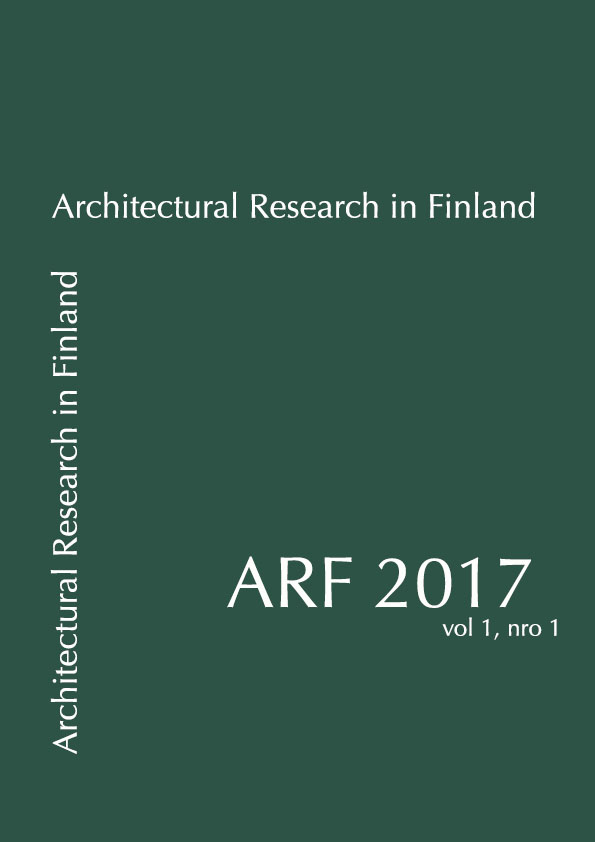Landscape Planning: from Theory to Teaching
Keywords:
planning, land use, landscape architecture, green infrastructure, multidisciplinar educationAbstract
Following the signing of the European Landscape Convention by different Spanish regions, landscape became a specific and necessary issue in regional and local planning. However, and after almost ten years, the results remain unclear and a constructive review, affecting also education, might be convenient. The lack of specific degrees in landscape architecture in Spain might partially explain the difficulties in the dissemination of the newly created landscape planning tools, although the introduction of consistent subjects in consolidated degrees like architecture, geography, agronomy, etc. or in some related masters, could have also served this purpose. The reality was nevertheless quite different since that teaching was seldom included in the university curricula, and when that happened, it tended to focus its attention in specific aspects, losing the transversal and proactive role that landscape was expected to have. Some of the most positive academic experiences came from those subjects or courses which tried to work hand in hand with this new planning context, enhancing a holistic perception of the territory, promoting a global understanding of urban, agricultural and natural areas, reading processes and patterns and, specially, emphasizing the proactive character of the landscape planning tools by overtaking formal description and by producing new models and clear spatial or normative determinations which could be conveniently introduced in the planning context. Also in those cases, multidisciplinary work, effective use of classical or new concepts like landscape unit, landscape assessment or green infrastructures, and a general understanding of the socio economic forces involved in the management or transformation of any landscape, proved to be a very useful tool to create both imaginative and realistic proposals, providing at the same time the global vision that landscape planners should have to establish the most harmonic possible dialogue between all the elements, interests and actors coexisting in any territory.




